A Private Act of Parliament was passed, allowing – for the first time – a Local Authority to use public money to create a public park that could be used by everyone. Design of the park was handled by Joseph Paxton.
A Brief History of Birkenhead Park

Though the park had not been officially opened, members of the public were already using it and, in 1846, Birkenhead Park Cricket Club was founded.
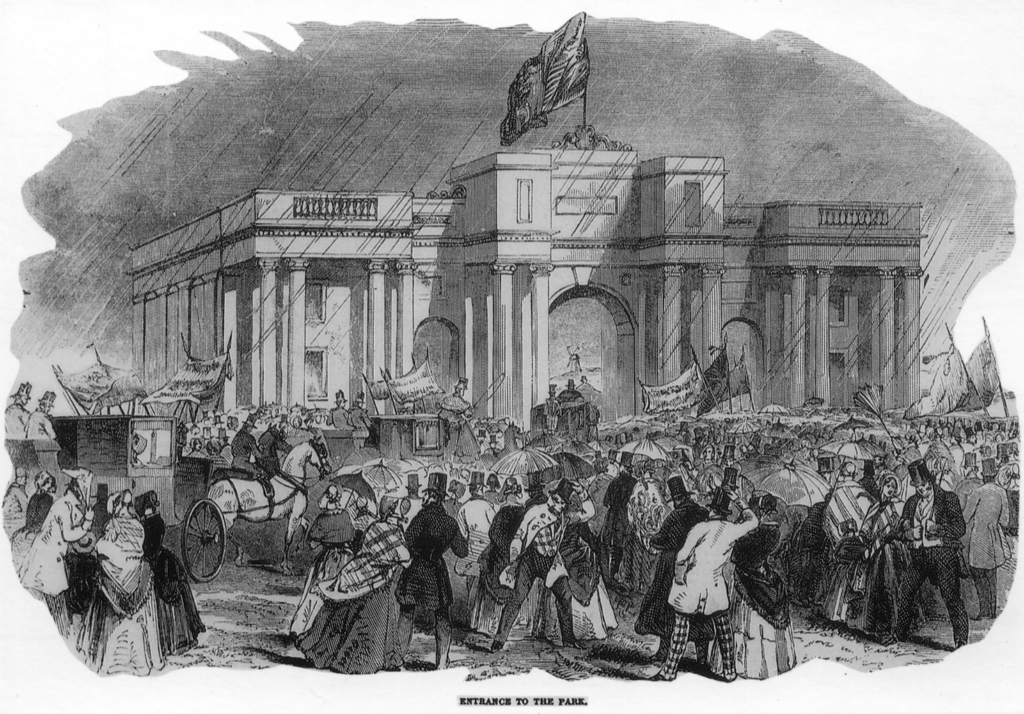
On Easter Monday, Birkenhead Park was officially opened by Lord Morpeth and thousands of people attended the ceremony. On the same day, the new Birkenhead docks were also inaugurated.
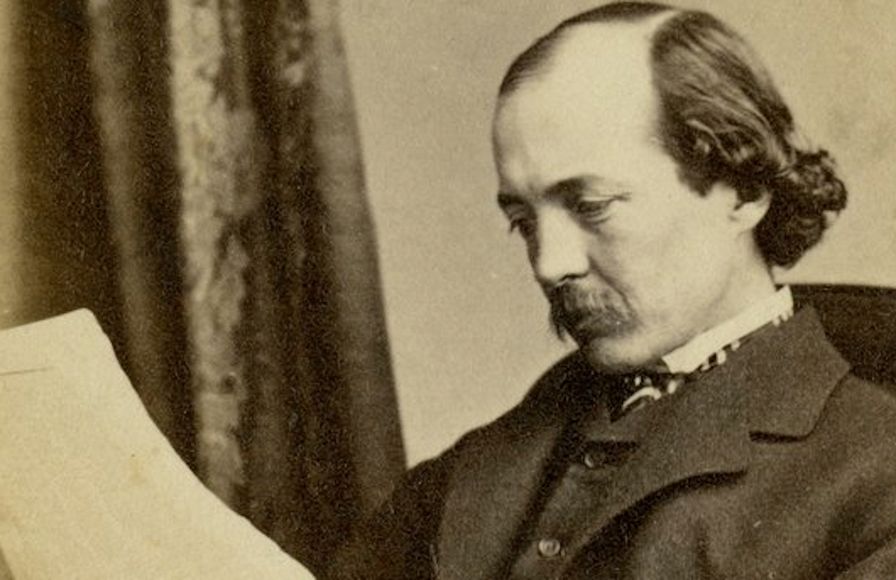
Frederick Law Olmsted, an agricultural engineer and landscape architect from America – visited the park and was impressed by its democratic ideals. He coined the term ‘the People’s Garden’ and would eventually go on to design Central Park in New York, based on the social and economic models of Birkenhead Park.

Work began on Central Park in New York in 1858. In the following year, at the height of the Central Park project, the commissioners voted to send Olmsted off to England, where he visited Birkenhead Park for the second time.

A cast iron bandstand was erected in the Lower Park to bring music to the people. It was removed in 1929, and a new bandstand with improved acoustic qualities was built on a different site.
The Boothby Ground i.e. the piece of land between Birkenhead Park’s train station and the rest of the park, was added as additional parkland. Originally, this land was intended to be used as building plot for housing development – just as around the rest of the parkland – but this one remained unsold as a consequence of multiple economic crisis.
At the outbreak of World War I, an open-air concert was held in Birkenhead Park to raise money for the war effort. Later on, with supply ships being sunk by German submarines, parts of the park were given over to allotments to aid local food production.
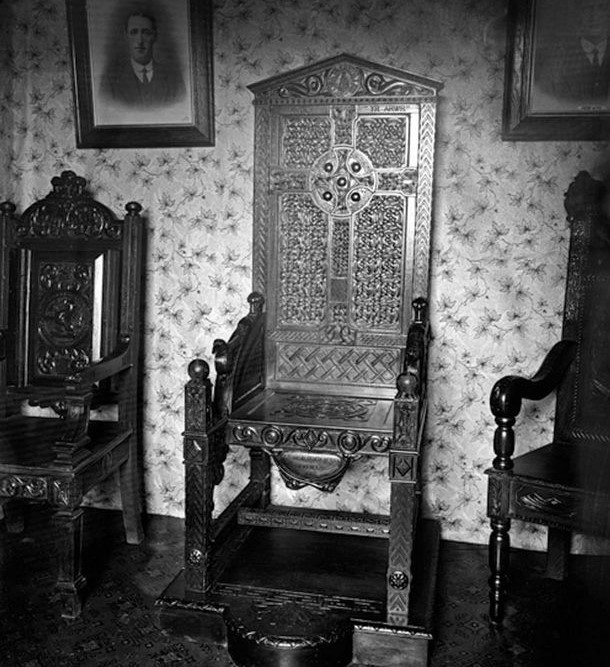
During the war Birkenhead Park also played host to the Welsh National Eisteddfod, which was attended by Prime Minister, Lloyd George. The traditional climax of the festival was to honour the most accomplished poem of the year. But on this day of September 1917, when the winner was announced, no-one stepped forward. The Shepherd Poet Hedd Wyn had been killed in a battle a few weeks earlier. The empty chair was draped in a black sheet and remains one of the most poignant symbols of tragic loss associated with the First World War.
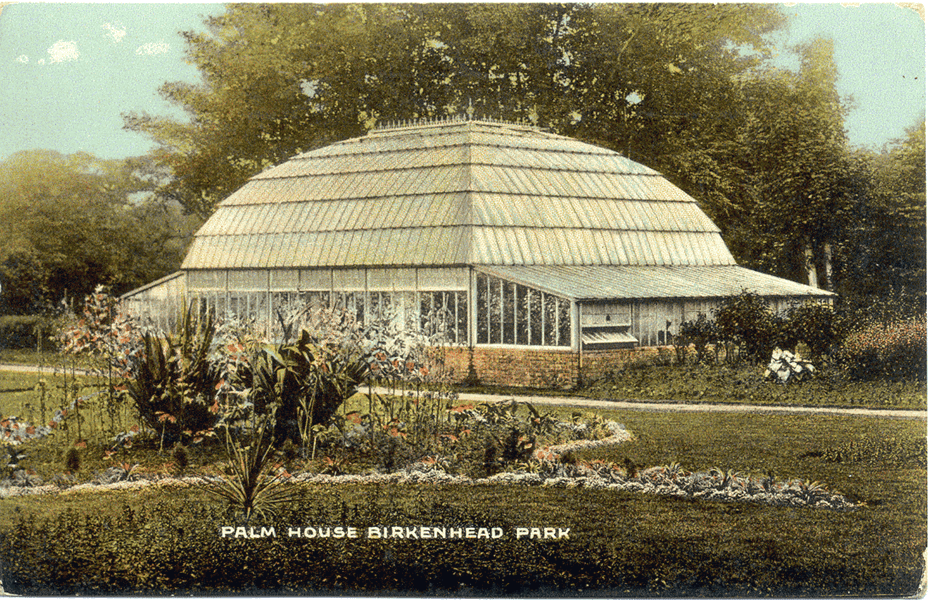
A palm house was erected in the Park. It was severely damaged during the 1941 Blitz and eventually demolished in 1947.

With another war on the horizon, air raid trenches were dug in the park, while a “No More War” protest took place outside the Grand Entrance.

During World War II, both the Palm House and the cricket pitch were damaged by bombs and the Birkenhead Park Cricket Club’s pavilion was requisitioned by the army, as was Cannon Hill.
Most of the park’s railings, which had stood in place for over a century, were removed and donated as scrap metal for the war effort. In addition, almost 15 acres of the Upper Park were dug up and turned into allotments as part of the national “Dig for Victory” campaign.
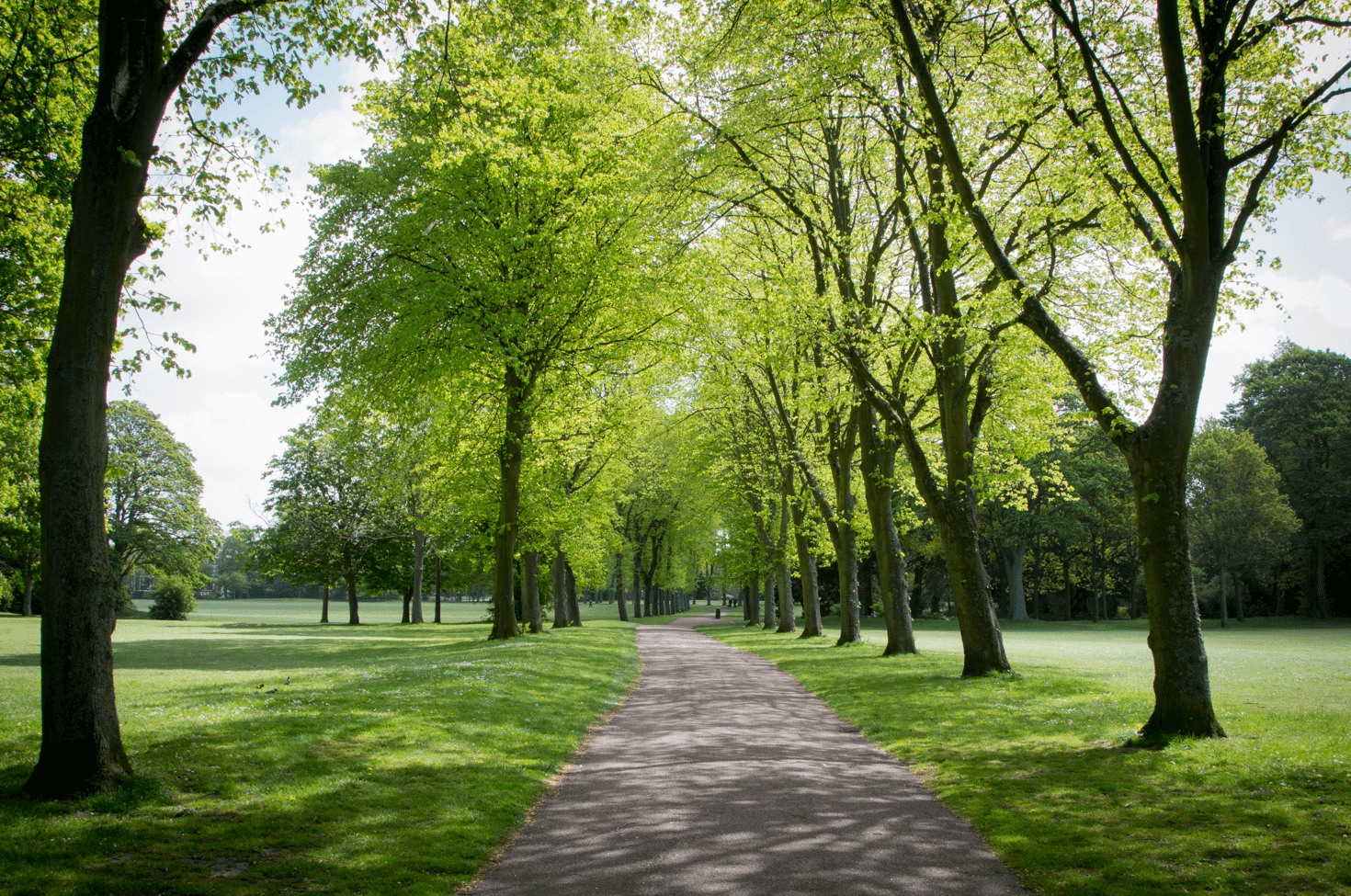
This year marked the coronation of Queen Elizabeth II and Birkenhead Park became the assembly point for a parade throughout the town. As part of a day of celebrations to memorialise the occasion, an avenue of lime trees was planted by local schoolchildren and is now known as ‘the coronation walk.
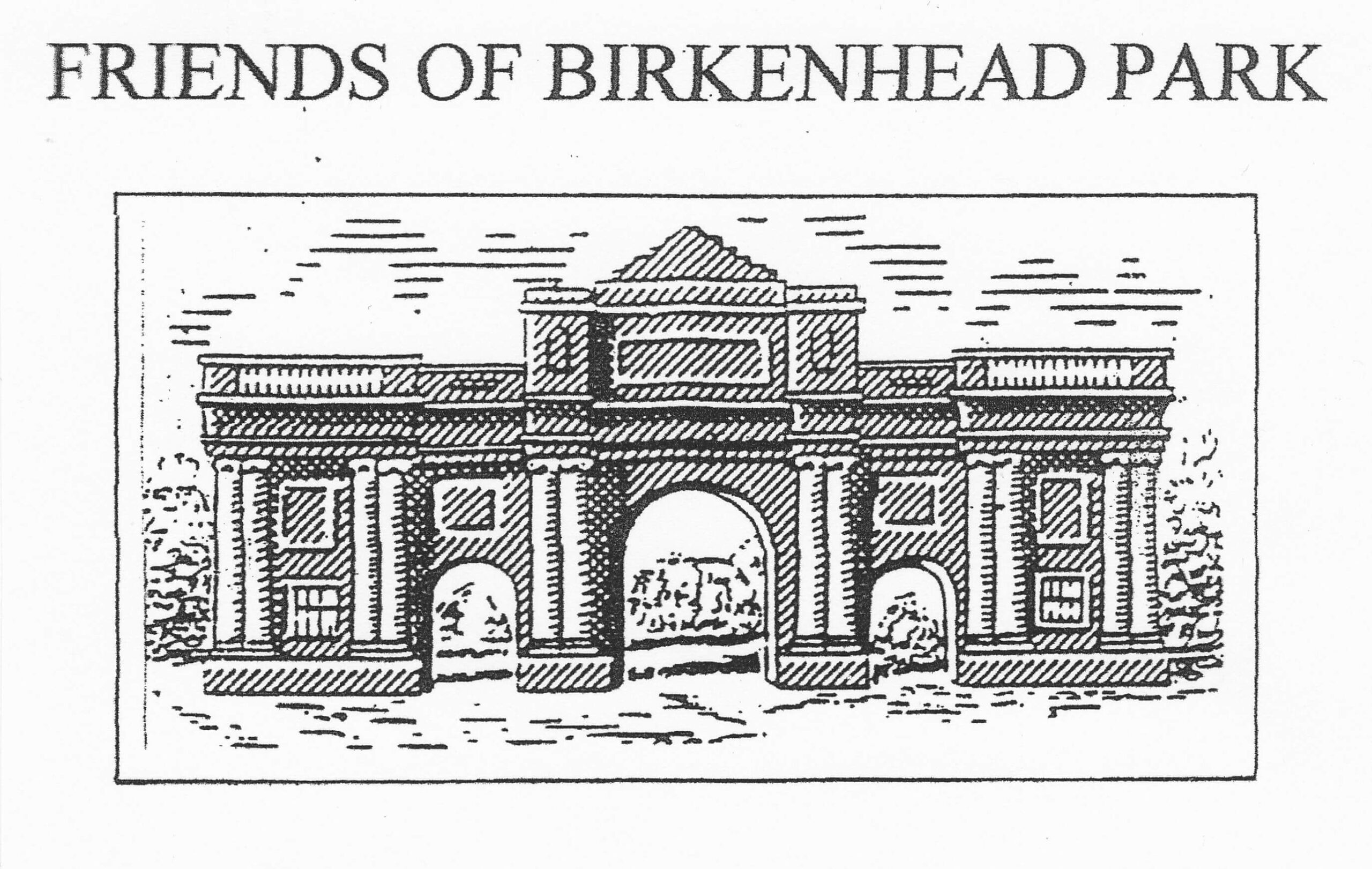
The Friends of Birkenhead Park is founded by Lord Griff Evans, with the motto “That which is good should be preserved”. The group was formed as a pressure group to look after the wider interests of the park.
Birkenhead Park was officially designated a Conservation Area – thanks, in part, to the work of the Friends.

The park receives a restoration grant of over £11 million from the Heritage Lottery Fund, Merseyside Objective One Programme, the European Union, and Wirral Borough Council. This forms part of a major restoration and repair project to bring the park’s major treasures (including the Boat House, Swiss Bridge, and Main Entrance) back to life.
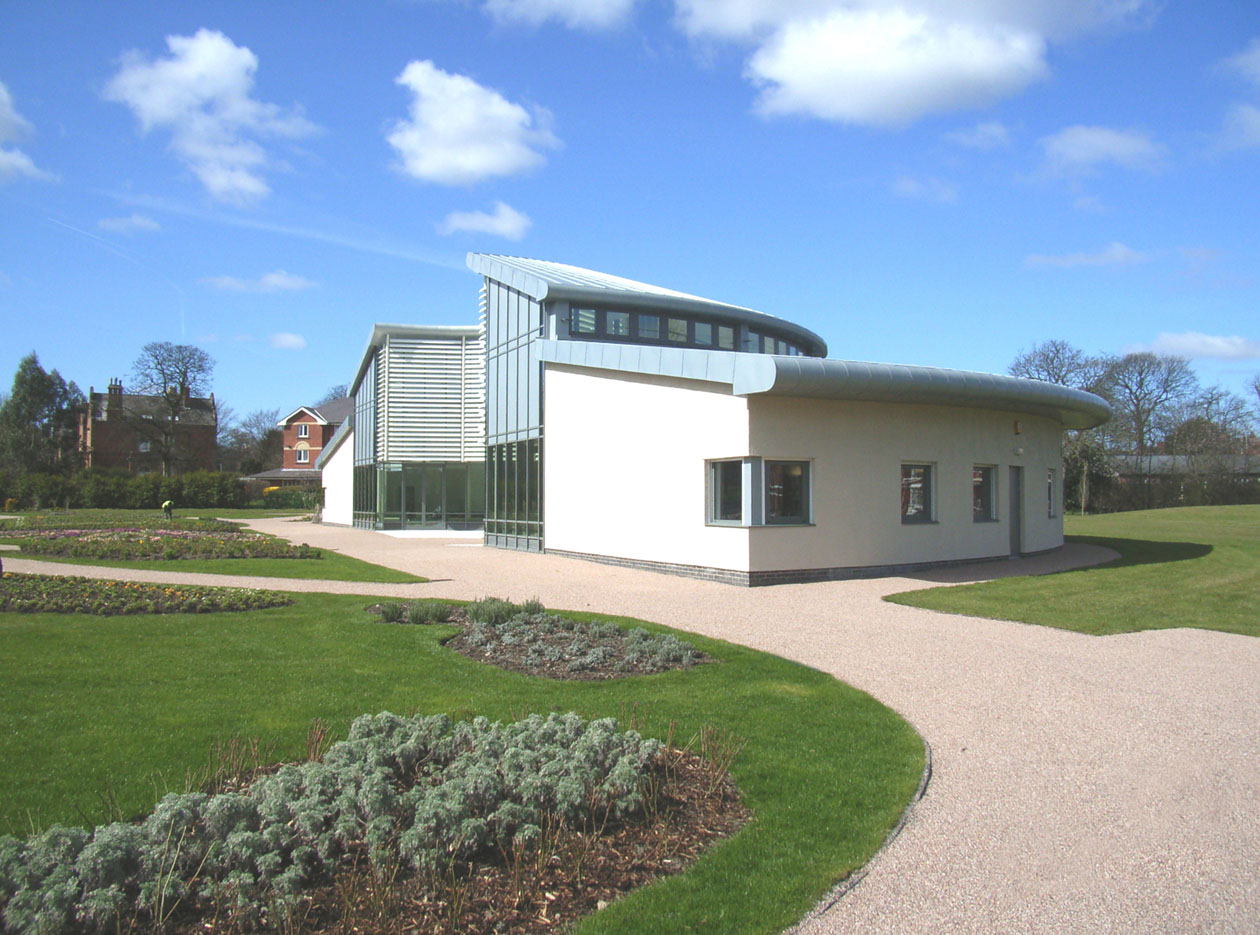
The new Visitor Centre was finally opened to the public, providing a focal point for visitors and a base for the park’s staff. The design of the building was based on Crystal Palace -which was also designed by Joseph Paxton in 1851, in keeping with the park’s architectural heritage.
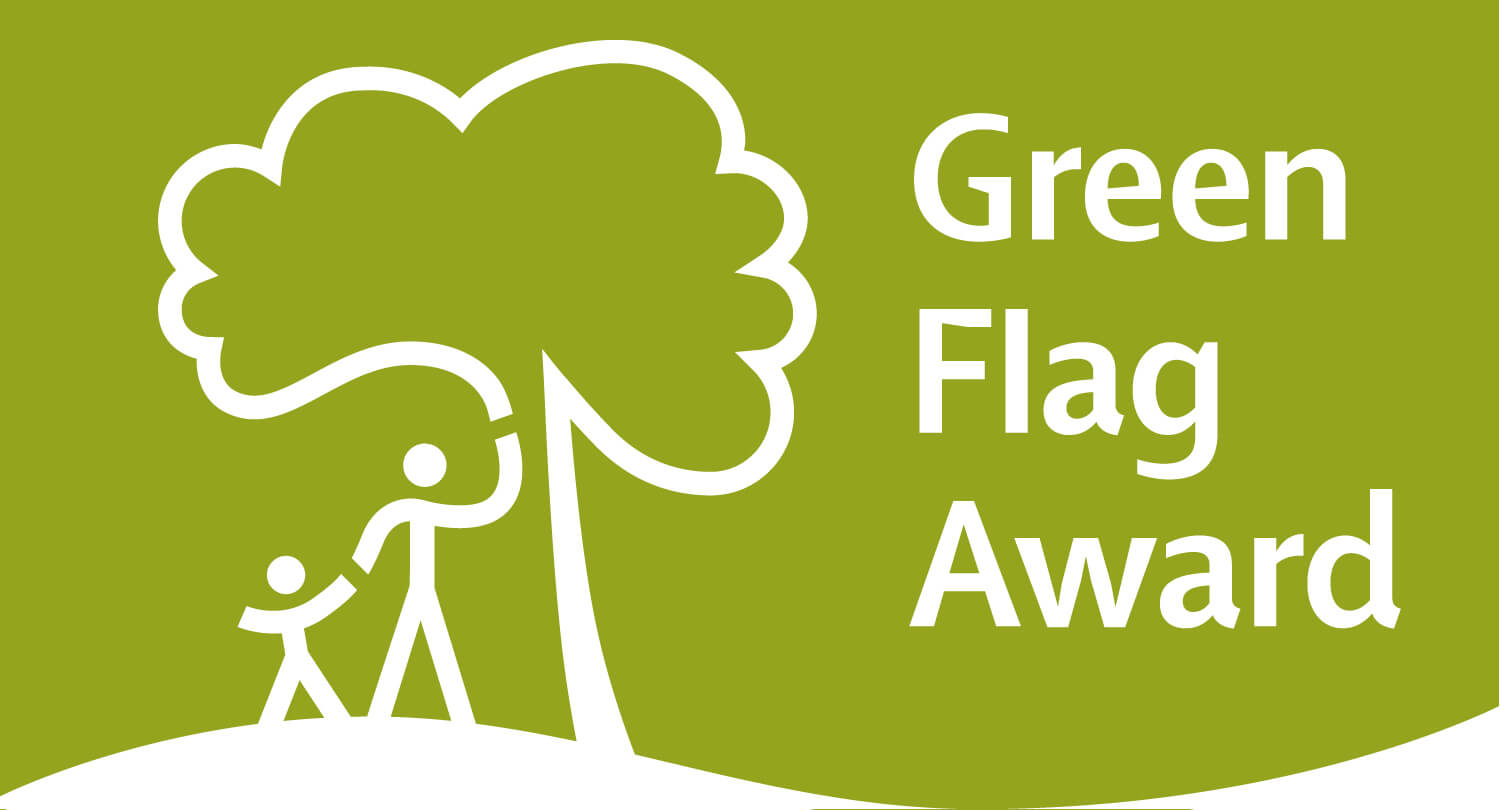
Birkenhead Park receives its first Green Flag Award and Green Heritage Awards. These were the first of many, as the park has received these awards every year since.
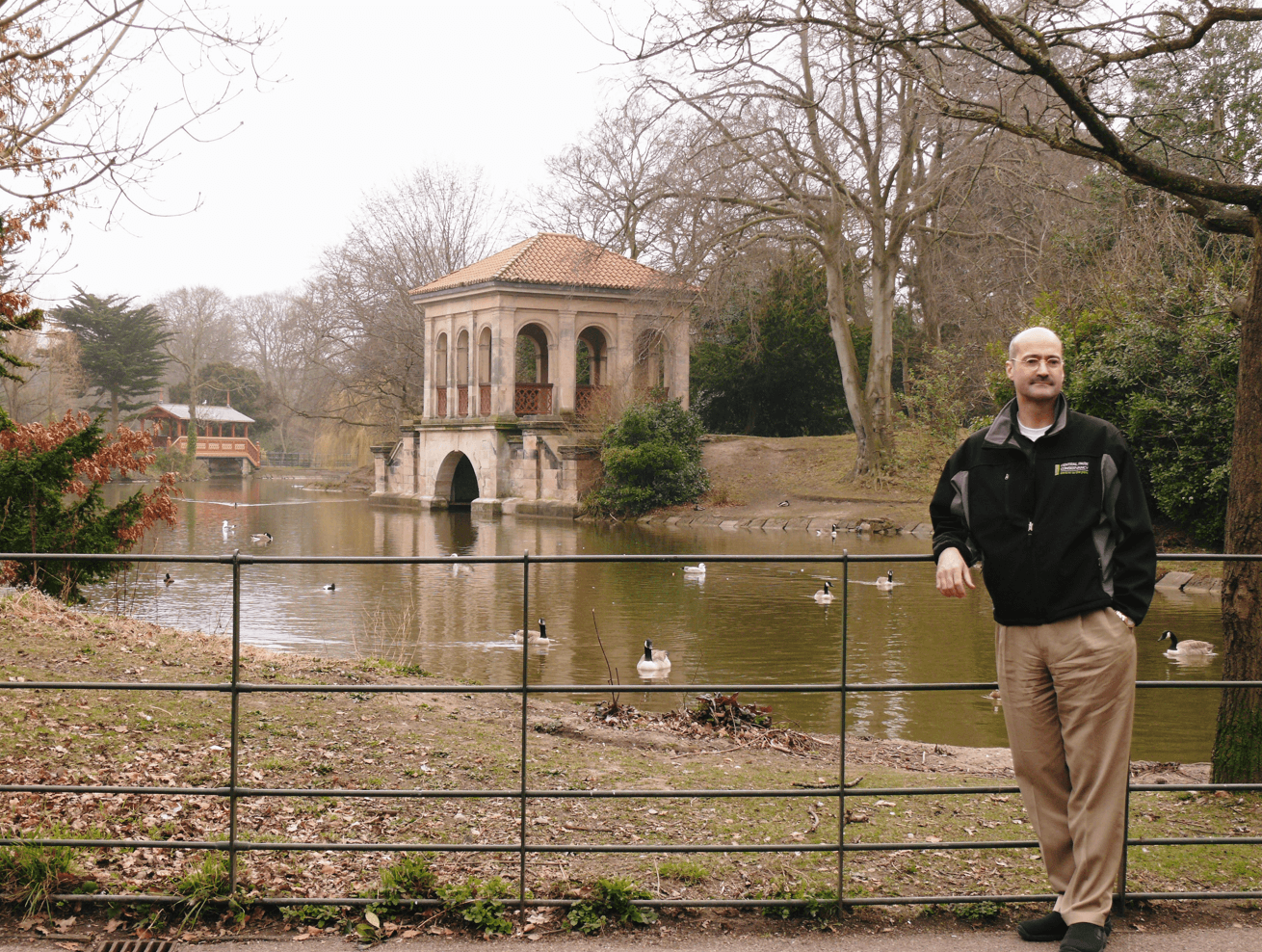 Doug Blonsky, President and CEO of Central Park New York, visits Birkenhead Park, remarking that “without Birkenhead Park, there would be no Central Park and without Central Park, there would be no New York City.” This was a welcome reminder of the far-reaching influence the park and its designers have had on other parts of the world.
Doug Blonsky, President and CEO of Central Park New York, visits Birkenhead Park, remarking that “without Birkenhead Park, there would be no Central Park and without Central Park, there would be no New York City.” This was a welcome reminder of the far-reaching influence the park and its designers have had on other parts of the world.

As part of Wirral Borough of Culture 2019 festivities, Birkenhead Park hosted ‘The Witching Hour’ which narrated and celebrated the old tales of the park. The three-night performance incorporated Birkenhead Park’s local residence stories, memories, and folklore myths into the showcase, celebrating our extensive history and heritage. That same Summer, the incredibly talented Royal Liverpool Philharmonic Orchestra, and local bands performed in the park for three days, during the Food and Drink Festival, creating a highlight of local culture and talent. They were exceptionally special celebrations for the park that welcomed many local and new visitors into Birkenhead Park to reflect and embrace local historic legacy.
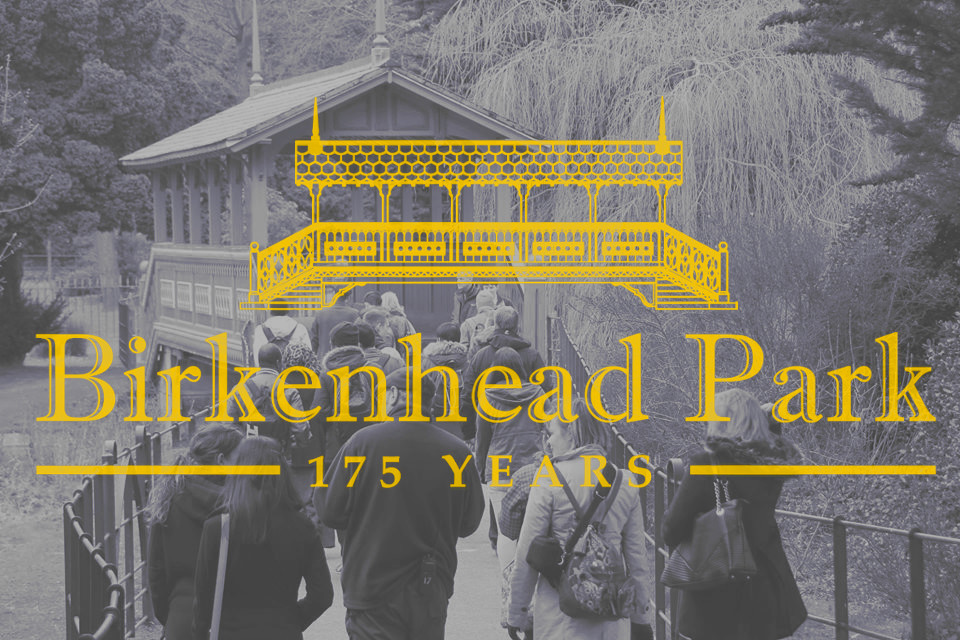
Birkenhead Park was proud to celebrate our 175th anniversary since the park’s official opening in 1847. The opening of the park gates was a vast celebration for the people of Birkenhead and neighbouring communities. In 2022, the 175th anniversary celebration mirrored the past festivities while embracing Joseph Paxton’s vision. Celebrations involved local school and college participating in baking cakes and creating natural art pieces. Activities celebrating wildlife and landscapes of Birkenhead Park involved the 12th Duke of Devonshire planting a Chinese tulip tree in each park designed by Paxton, including Chatsworth House Estate, Prince’s Park in Liverpool and Birkenhead Park. The 175th anniversary was a truly special event to showcase the influential park and invite the local community to become actively involved within the legacy of the park.

Resulting from the final submission of Birkenhead Park’s application in July 2022, the UK Government’s Department for Digital, Culture, Media and Sport published on the 10th of April 2023, that Birkenhead Park has secured its place on the UK Tentative List for potential nomination as a UNESCO World Heritage Site. Birkenhead Park’s nomination would increase international appeal and recognition, and acknowledge the park’s legacy and impact for being a major pioneer for public park development. The status would be an incredible achievement for Birkenhead Park which will aid in securing the park’s historical significance while expanding the opportunities for regeneration and growth for Birkenhead community and the Wirral.
